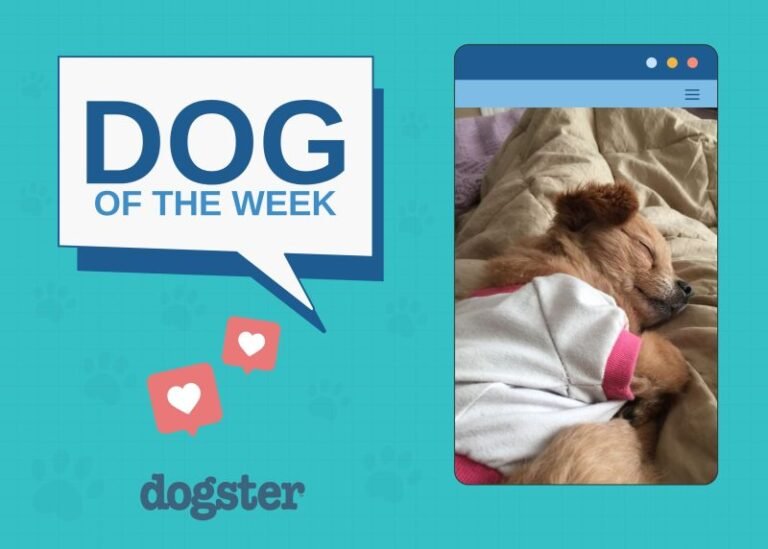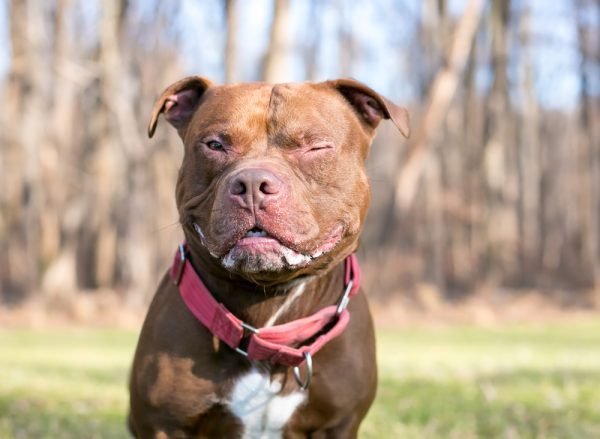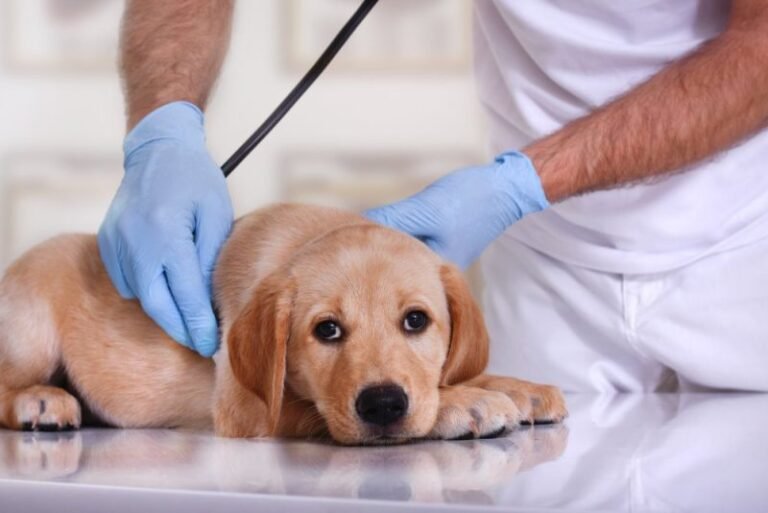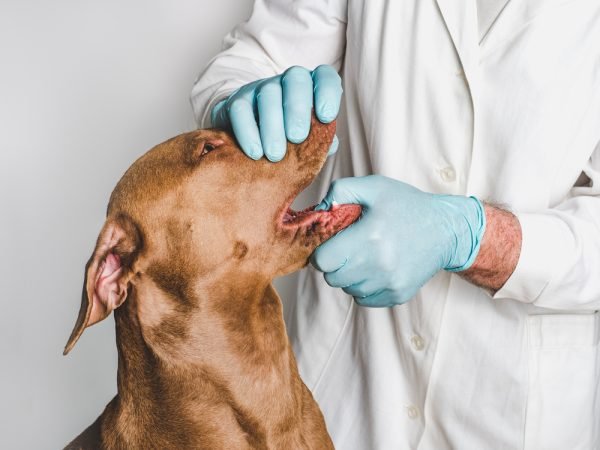
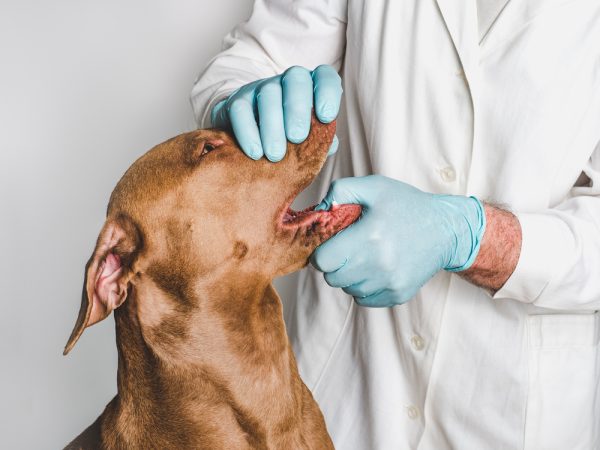
Let’s be honest—most dog parents mean to brush their pup’s teeth, but life gets in the way. Then suddenly your dog is 5 years old, and you wonder… is it too late?
The good news: it’s never too late to start! Even if your dog’s toothbrush has been “on the to-do list” for years. The bad news? Skipping dental care can seriously impact your dog’s health, from stinky breath to painful disease and even organ issues.
In this guide, we’ll break down exactly when and how to start brushing your dog’s teeth—no judgment, just solutions. You’ll learn why it matters, what you need, and how to make your pup actually enjoy it (yes, really!).

It’s Never Too Late—But Starting Young Helps
While vets recommend introducing tooth brushing between 4 to 6 months, even senior dogs can benefit from regular brushing. Starting early gets pups used to the process, but if you’ve got an older dog, don’t panic. The only real downside? They might resist it at first. But with patience and a few treats, you can absolutely train them to accept (or even enjoy) it.

Why Brushing Matters More Than You Think
Think brushing is just about fresh breath? Think again. Around 80% of dogs over age 3 have some form of dental disease, which can start as simple plaque but spiral into painful gum infections and even organ damage. Brushing helps prevent plaque, reduce bacteria, and protect your dog’s overall health, mouth, and beyond.
Brushing Can Help Prevent These Health Issues
Regular brushing does more than keep your dog’s smile Instagram-ready. It can:
- Prevent painful tooth decay and gum disease
- Freshen bad breath caused by bacteria
- Reduce risk of organ infections linked to dental issues
- Prevent tooth loss and costly vet bills later on
And yes, it can actually add years to your dog’s life.

Here’s What You’ll Need to Start
Getting started is surprisingly simple. You’ll need:
- A dog-friendly toothbrush (ideally soft and sized for your dog)
- Dog-safe toothpaste (never use human paste—more on that next)
Toothpaste isn’t technically essential (it’s the scrubbing motion that removes plaque), but flavored pastes can make the process more pleasant for your pup.
Bonus tip: Look for products approved by the Veterinary Oral Health Council (VOHC) for extra peace of mind.
Never Use Your Own Toothpaste
Human toothpaste may contain xylitol or high fluoride levels, both of which can be toxic to dogs. Even if your minty paste seems harmless, it’s not worth the risk. Always choose a toothpaste formulated for dogs, often flavored like poultry, peanut butter, or beef, to make brushing feel more like a treat.
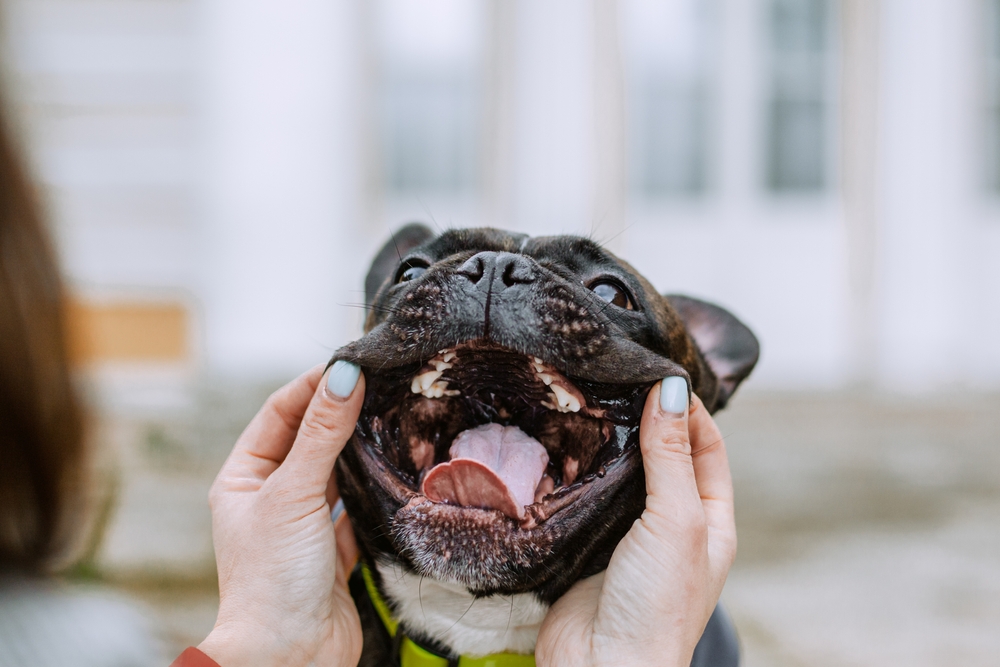
Not Sure If Your Dog Needs Brushing? They Do
Even if your dog isn’t showing signs of dental issues yet, prevention is key. Waiting until you notice bleeding gums or bad breath means the damage is already done. Instead, treat brushing like daily maintenance, just like walks or feeding time.
If you’re unsure, ask your vet for a quick dental check at your next visit.
How Often Should You Brush?
The gold standard? Once a day. Some vets even recommend twice, especially for breeds prone to dental issues. Can’t manage daily brushing? Aim for at least several times a week, and supplement with VOHC-approved dental chews or water additives. Also consider professional cleanings as needed.
What If My Dog Hates It?
Many dogs aren’t thrilled at first. That’s okay! Start slow:
- Begin by lifting their lips and rewarding calm behavior.
- Introduce the toothbrush gradually—just a few seconds at a time.
- Reward generously and stop before they get annoyed.
If your dog has suddenly become resistant, it could mean their mouth is already sore or infected. In that case, a vet visit is a must before brushing resumes.
And if your dog is aggressive or fearful, don’t force it—there are alternatives like dental wipes and chews.


Start Small, Smile Big
No matter your dog’s age, it’s not too late to start brushing. The earlier you begin, the easier it’ll be. But even older pups can benefit hugely from regular dental care.
Just take it slow, stay consistent, and know you’re doing something wonderful for your dog’s health (and breath!). Your future self, and your dog’s wagging tail, will thank you.
Feature Image Credit: SvetikovaV, Shutterstock
Did You Know?
- Our brand-new posts are rounded up and included in our weekly emails. Don’t miss out on the latest – sign up for our newsletter below!
